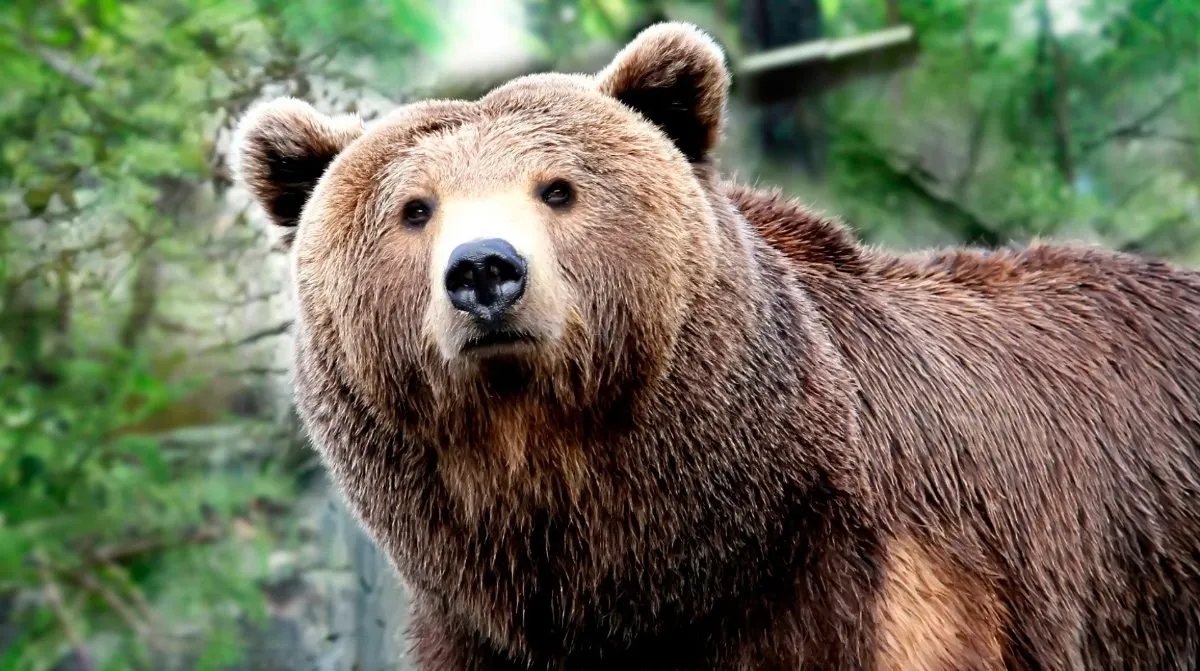If a human being ate tens of thousands of calories a day, increased in size and barely moved for months, the results for their health would be catastrophic.Scientists have long wondered why this same behavior does not cause diabetes in Grizzly bears (the largest subspecies of brown bears) so far.
When feeding with honey, the bears that Hibernate, the researchers at Washington State University (United States) have discovered genetic clues about how these bears can control their insulin.Its results (published in Iscience) could lead to better diabetes treatments for people.
Insulin is a hormone that is found in most mammals and that regulates blood sugar levels, for example, indicating the liver, muscles and fat cells that absorb blood sugar, a source of energy.But if a lot of sugar enters the bloodstream, over time the cells stop responding and become insulin resistant.This is one of the main causes of type 2 diabetes, a disease that can cause heart attacks, stroke and blindness.Approximately 13% of Spaniards over 18 suffer from type 2 diabetes. Unlike humans, bears can mysteriously control their insulin resistance, activating and deactivating it as a switch.
To find out how, the researchers extracted blood serum of six captive Grizzly bears (between five and 13 years of age) in the Osos center of the WSU, a research center in Pullman, Washington.They also collected a fatty tissue they used to grow cells in the laboratory."It allows us to try things that we could not do in an adult bear," says Blair Perry, co -author of the study and postdoctoral researcher of the university.
This experiment helped the team to limit the secret of the bears to control their insulin: eight key proteins that seem to have a unique role in the biology of the bears, and that work independently or jointly to regulate insulin during hibernation.
Since humans share most of our genes with bears, understanding the role of these eight proteins could teach scientists more about human resistance to insulin, says Perry.
Bears stations
Grizzly bears (found in some areas of the west of the US, Canada and Alaska) pass through three stages in one year: active, hyperfagia and hibernation.In spring and summer, these huge mammals are dedicated to looking for food, mating and taking care of their young.Then, in autumn, animals go to hyperfagia, when "practically all their energy is dedicated to eating as much as possible," says Perry.
During this time, the bears consume up to 20,000 calories daily and win up to two kilos every day to prepare for next winter.
When the bears begin to hibernate at the beginning of winter, they depend on their fat deposits to stay during the cold months.Hibernation is "more than a deep sleep," says Perry."Many physiological changes allow bears to survive these long winters without food."Its metabolic rate, its heart rate and its body temperature decrease, and become insulin resistant.
Hibernity bears experience vigil periods, during which they move but do not eat.When the study bears woke up, the team fed them with water with honey, their favorite treat, for two weeks, and then extracted blood.The team had already taken blood samples from the same bears during spring and summer.
Next, in the laboratory, the researchers combined several blood sera withcell cultures of various types;For example, they mixed a cell culture of fatty tissue taken from bears in hibernation with blood serum taken from active bears.This allowed the team to see what genetic changes occurred in the cells.
Of all the combinations studied, the serum taken from the hi -feeding honey -fed bears was the one that helped to delimit the eight key proteins involved in the regulation of sensitivity and insulin resistance.
For Mike Sawaya, a biologist specializing in Sinapah Wildlife Research Associates, which did not participate in the study, the most important thing about this "fascinating study" is the amount of implications that the hibernation of bears can have for human health.
"Identifying those eight proteins is an important step," he says, as well as identifying "exactly what is activated and disabled" when the bears change their insulin resistance, he says.
One more step towards the prevention of diabetes?
Although insulin resistance and its consequences are well known, much remains to learn about their genetics.Studying how a bear enters and leaves insulin resistance every year offers scientists a "unique opportunity" to understand it better, adds Perry.
For example, finding out how to manipulate those eight proteins in people could potentially "reverse the insulin resistance of a human," says Perry.Such medications or interventions are far away, "but we are approaching," he says.
Sawaya agrees that this is "definitely one more piece of the puzzle" and hopes that unraveling the mysteries of the Bear's physiology can lead to the prevention of diabetes.
In future studies, the team expects to investigate exactly how these specific proteins deactivate insulin resistance in bears.
Source: Link this-en-en-lososos




